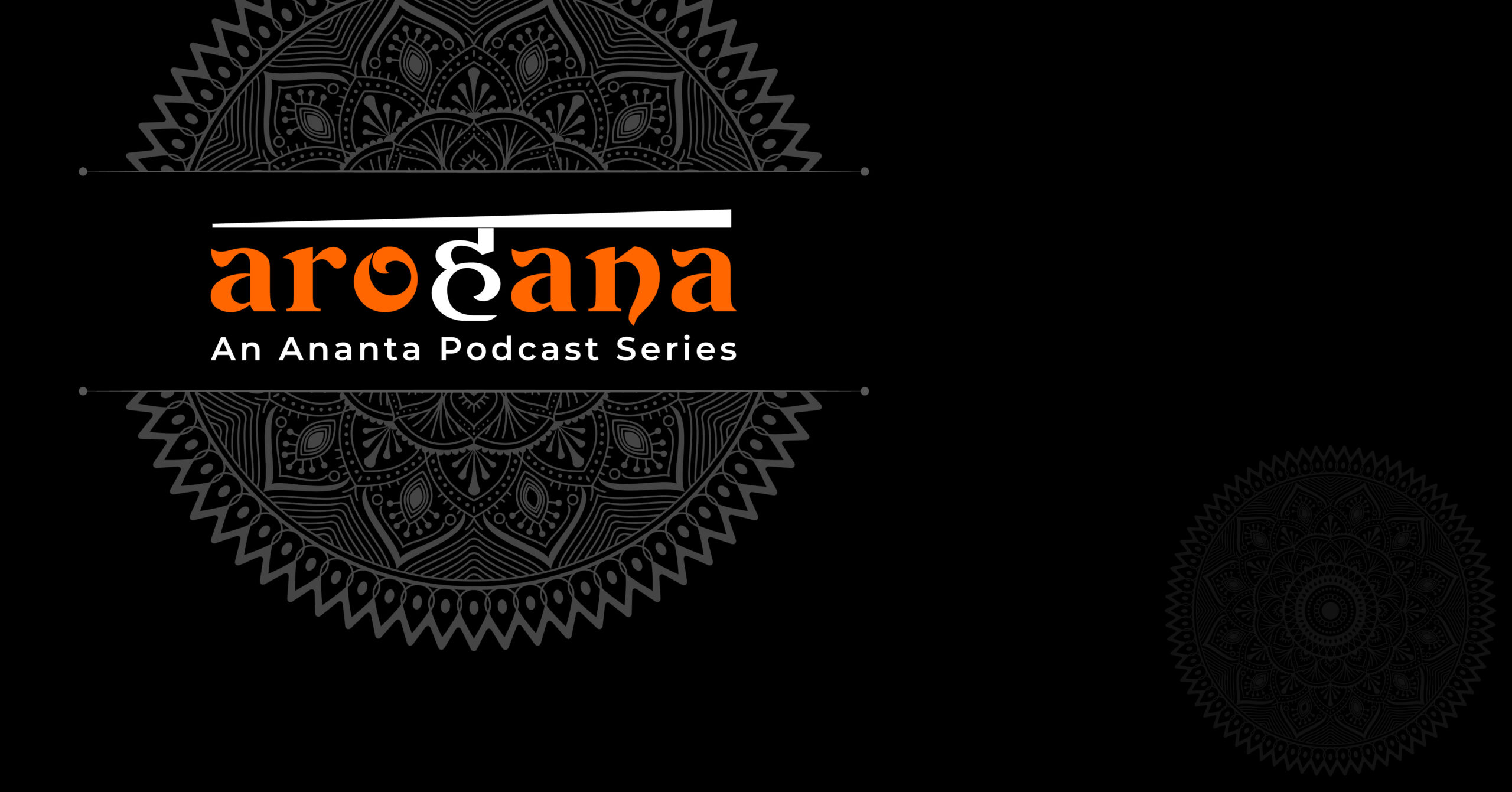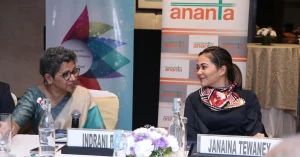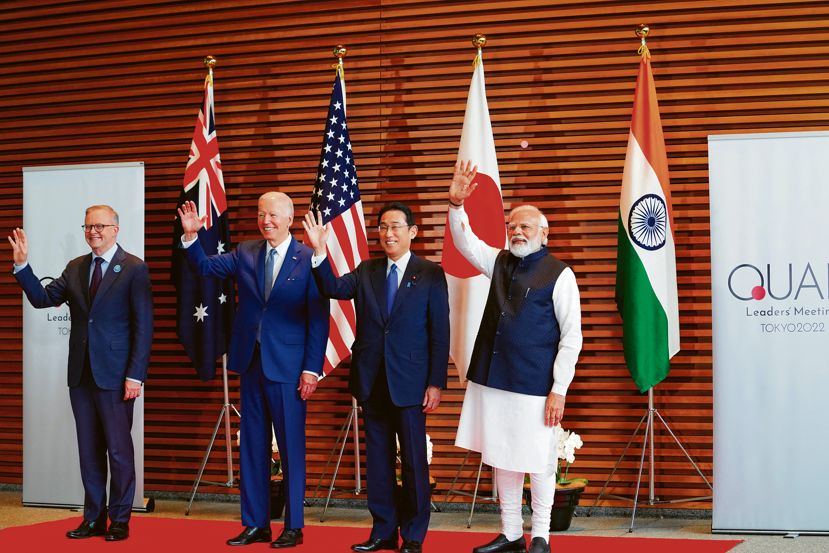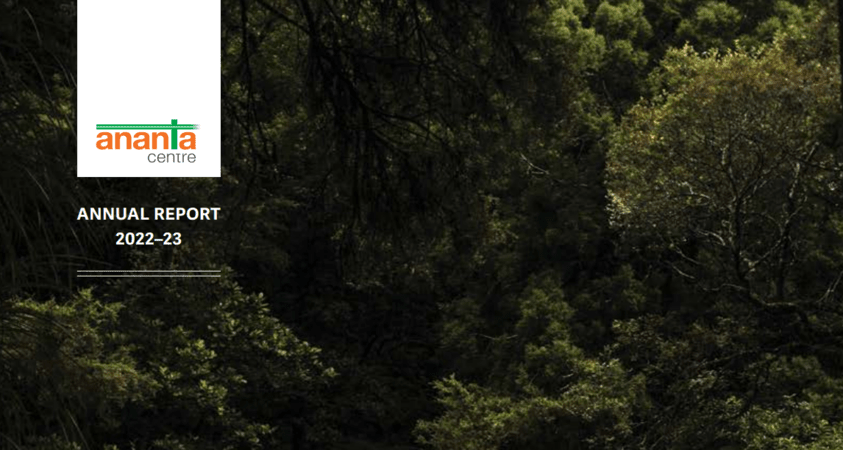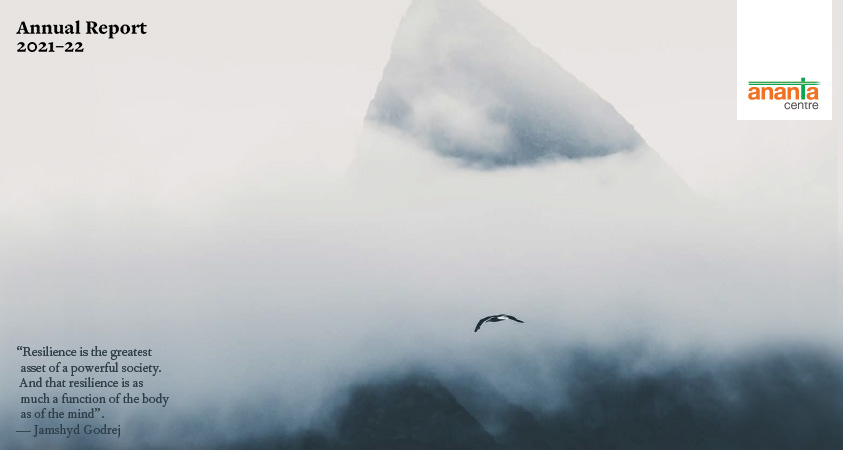H I G H L I G H T S
• Economic growth prospects for 2021-22 take a hit
• Inflation concerns may worsen, impacting RBI’s options
• Second Covid wave sees fewer curbs on economic activity
• A shift in the vaccination strategy; states to do heavy lifting
• New strategy reduces Central spend on vaccines
• Maruti exudes optimism on car sales
• Automobile sales back to where they were in 2015
• Industrial output falls; consumer durables buck trend
• Positive surprise on Centre’s tax collections
• Centre speeds up cleaning up its balance sheet
• FCI gets a financial boost with no loan liability from 2021
• Monsoon to be normal; 3rd year in succession; relief for rural economy
• Citi exits retail banking in India, foreign banks shrink footprint
Economic growth prospects for 2021-22 take a hit
The second surge in Covid-19 infections will have an adverse impact on economic growth prospects for the current year. The seriousness of the adverse impact will depend on the duration of the second wave and the severity of the economic lockdowns. Already, top brokerages have scaled down their growth forecasts for the current financial year. Nomura now estimates the Indian economy to grow at 12.6 per cent, down from the earlier figure of 13.5 per cent. JP Morgan has pegged its forecast at 11 per cent, a two-percentage points drop over its earlier guidance. UBS too believes that the Indian economy could grow by only 10 per cent, down from its earlier forecast of 11.5 per cent. In 2020-21, the Indian economy had contracted by 8 per cent, according to the latest estimate of the government. The Reserve Bank of India (RBI) stuck to its earlier growth forecast of 10.5 per cent for 2021-22, but members of its Monetary Policy Committee acknowledged in no uncertain terms that the rapid rise in Covid cases would the biggest challenge to recovery in the Indian economy. Indeed, the RBI has separately noted that the second wave of the pandemic will reignite concerns over inflation. Even though all these 2021-22 growth forecasts suggest a double-digit growth rate, after a contraction in 2020-21, the point to be noted would be that the real size of the Indian economy even after that double-digit growth would barely be around the level that existed two years ago in 2019-20.
Inflation concerns may worsen, impacting RBI’s options
Inflation has reared its ugly head once again, rattling the nerves of India’s economy managers both in the Government and in the Reserve Bank of India (RBI). Retail inflation, based on the movement of the Consumer Price Index (CPI), rose to 5.52 per cent in March 2021, largely because of an increase in non-cereal and non-vegetable food prices. In February also, retail inflation had stood at 5.03 per cent. For the full financial year of 2020-21, retail inflation rose to 6.18 per cent, much higher than the average rate of 4.76 per cent seen in 2019-20. The expectation is that the retail inflation rate may moderate to a lower level of around 5 per cent in 2021-22, as forecast by the Monetary Policy Committee of the RBI. The elevated level of inflation will be a dampener for prospects of any likely cut in the interest rate in the next review of the monetary policy.
No less grim is the situation with regard to the wholesale prices, which adversely impact the raw materials cost for producers and retailers. Inflation based on the Wholesale Price Index (WPI) rose to 7.4 per cent in March, which was an eight-year high. The monthly rise of the WPI-based inflation has been sharp – from 2.51 per cent in January 2021 and 4.17 per cent in February 2021. The worry is that experts are anticipating a further rise in the WPI-based inflation in the coming months, when the rate could peak at around 11 per cent. In the first three months of 2021, the WPI-based inflation rate and CPI-based inflation rate have converged with each other and both are now at elevated levels of around 6 per cent on average, which should be a cause for concern to the government and the RBI. The only sign of good news on the WPI inflation front was that the average annual rate for 2020-21 was only 1.2 per cent, thanks to several months of deflation, compared to 1.7 per cent in 2019-20.
Second Covid wave sees fewer curbs on economic activity
Even as the daily number of Covid cases in the whole country remained elevated at over 3.5 lakh in the last week of April, the enforcement of lockdowns has so far remained much less rigorous. The first wave took about five and a half months to peak from March-end of 2020 to the middle of September 2020, when the daily number of Covid cases rose to about 98,000 cases. The slow rise was attributable to some extent to the national lockdown for several weeks from the end of March 2020. Even as the lockdown was lifted and the economy opened up, the number of Covid cases after having reached the peak in mid-September 2020 began falling gradually over the next four and a half months, to a level of about 9,000 cases by the middle of February 2021. The second wave of Covid began relatively slowly – from about 9,000 cases in the middle of February 2021 to 26,000 by the middle of March 2021. But from thereon, the pace of the rise was rapid – to about 2 lakh cases by the middle of April 2021 and over 3.5 lakh by the third of week of the same month.
In sharp contrast, the enforcement of lockdowns in different parts of the country as a result of the rapid rise in infections has been relatively relaxed. This is largely due to a significant shift in the Centre’s strategy of handling the Covid challenge in its second wave. It has scaled down its role in terms of deciding on the nature of curbs that need to be imposed on economic activities. It has given freedom to the states to take such decisions at a time when the spread of the disease has been more rapid and virulent. Consequently, only six states so far have imposed a full lockdown in the entire state – Maharashtra, Delhi, Chhattisgarh, Jharkhand, Madhya Pradesh and Karnataka. These states account for a little over 40 per cent of the daily case load by the fourth week of April.
But about 60 per cent of the remaining cases come from other states, which had enforced light restrictions. These numbers were not small either as on April 28. Uttar Pradesh (32,921), Rajasthan (16,089), Tamil Nadu (15,830), Punjab (5,916), Odisha (6,073) and Uttarakhand (5,703) enforced only night curfew and restrictions of movement over the weekends. Kerala, Haryana, Telangana, Bihar, Jammu & Kashmir, Manipur and Gujarat enforced only night curfews. No restrictions were in force in West Bengal, Assam, Andhra Pradesh, Goa, Himachal Pradesh and Tripura. Not that there were no cases of Covid in these states. Clearly, the state authorities in these states are yet to realise the enormity of the challenge. For the present, they may avert an adverse impact on livelihood. But as a medium to long-term consequence, they may lose more lives.
A shift in the vaccination strategy; states to do heavy lifting
A significant shift in the Centre’s vaccination policy is a development that cannot be ignored at a time when the rapidly rising Covid cases in the second wave has underlined the need for a more concerted drive at vaccinating the Indian population at a much faster pace than the current rate of less than 3 million jabs a day. The shift is noticeable for the manner in which the Centre has curtailed its role by deciding to vaccinate only those above 45 years, health-care workers and front-line workers. This means that the states would have the responsibility of vaccinating all those between 18 and 44 years, a cohort that is as large as 44 per cent of the Indian population or about 596 million people. In contrast, the Centre will vaccinate less than half of that number of Indians consisting of health-care workers, front-line workers and those above the age of 45 years. In the early days of the vaccine rollout, the Centre had talked about a national vaccination programme.
Remember that the states’ responsibility of vaccinating 596 million people comes with a huge cost. According to an estimate, this cost would range between Rs 47,595 crore and Rs 71,349 crore, depending on the price at which they would procure the vaccines from Serum Institute and Bharat Biotech. Now that Serum Institute has agreed to reduce the price for the states by 25 per cent and Bharat Biotech may follow suit, the cost may be a bit lower, but nevertheless quite substantial and would account for a good chunk of the health budgets of most states. With many states promising free vaccines for their residents (as many as 22 have made an announcement to that effect so far), the states would be hard pressed to meet the additional expenditure burden. This will stress the states’ fiscal situation, which already is under considerable pressure. The Centre has contributed to that stress by requiring it to achieve a fiscal deficit target of 3 per cent of gross domestic product (GDP) by 2023-24, two years ahead of more relaxed target of 4.5 per cent of GDP it has set for itself to be achieved in 2025-26.
The new policy, which took effect from May 1, envisages that 50 per cent of the vaccines produced would be routed through the Centre and the remaining half would be available for the states and the private hospitals including the open market. The Centre has clarified that it would consider supplying vaccines to the states and union territories from its own 50 per cent quota, if they need them. The subtle shift to a discretionary regime may also be troubling for a politics-free rollout of vaccines. Instead of the Centre supplying vaccines to states on a transparent need-based system, the proposed system reeks of discretion.
New strategy reduces Central spend on vaccines
The shift in the Centre’s vaccination rollout programme has an implication for the government’s expenditure budget. In her Budget speech on February 1, 2021, Finance Minister Nirmala Sitharaman had said: “I have provided Rs 35,000 crores for Covid-19 vaccine in BE 2021-22. I am committed to provide further funds if required.” If the Centre got Covishield from Serum Institute at Rs 150 per dose and if handling charges of Rs 100 are added to the administration of each dose, the cost for vaccinating a person with two doses would be Rs 500. At Rs 35,000 crore, the government could have provided two doses of the vaccine to about 700 million people. Now that it is required to vaccinate almost half that number, the Centre will have made a substantial saving from the total budgeted amount of Rs 35,000 crore.
Maruti exudes optimism on car sales
In his customary media briefing at the time of declaring the January-March 2021 financial performance of Maruti Suzuki India on April 27, its Chairman R.C. Bhargava exuded confidence over the general demand scenario for the passenger vehicles segment of the automobile industry. He conceded that the inventory with Maruti’s dealers has risen to 80,000-90,000 units because of the second wave of the pandemic, but this pile-up was lower than the inventory level of over 1 lakh cars last year during the first wave. There were pending orders to be met for about 90,000 passenger vehicles, which the current inventory could take care of, said Bhargava, whose company accounts for almost half the country’s total production of passenger vehicles.
Automobile sales back to where they were in 2015
But this is only a partial story. A look-back at how the automobile industry’s various segments have performed in terms of sales in the last six years reveals the stagnation that has marked its journey during this period in India, which is the world’s fifth largest market. At the end of March 2021, automobile sales in the country fell to a six-year low. In other words, automobile sales at 18.61 million last year had declined to a level that prevailed six years ago. In 2014-15, total automobile sales were estimated at 19.72 million. Passenger vehicles too slipped back with sales of 2.7 million in 2020-21, one of the worst years for the industry, marginally higher than the sales of 2.6 million six years ago in 2014-15. Two-wheeler sales at 15 million and commercial vehicle sales at 0.6 million last year indicated a similar story. The stagnation in automobile sales is seen from a comparison of decadal growth rates – the compound annual growth rate (CAGR) of automobile sales in the period between April 2001 and March 2011 was 13 per cent. But this fell to just 2 per cent in the period between April 2011 and March 2021. And the five-year CAGR sales present a sorrier state of affairs – 5.7 per cent increase in the period between April 2011 and March 2016 and a 1.9 per cent decline in the period between April 2016 and March 2021. The state of the automobile industry is a reflection of the Indian economy and provides an indication of the kind of challenges it has to face in the coming days.
Industrial output falls; consumer durables buck trend
Worsening the prospects of overall economic growth in the January-March quarter of 2021, India’s industrial output contracted by 3.6 per cent in February, for the second consecutive month in the year. In January 2021 too, industrial output had fallen by 0.9 per cent. For the April-February period of 2020-21 financial year, industrial output showed a contraction of 11.3 per cent, against a growth rate of 1 per cent in the same period a year ago. The February output contraction was also due to the high base effect – industrial growth in February 2020, just before the Covid-19 pandemic broke out in India leading to the lockdown in March, was 5.2 per cent. Analysts concluded that the contraction in industrial output, measured by the Index of Industrial Production or IIP, signified that the output increase seen in the previous months was an outcome of pent-up demand and festival sentiment, and not any sustained demand recovery. Equally worrying was the performance of the manufacturing sector, which accounts for more than 77 per cent of the IIP. Its output fell by 3.7 per cent. Capital goods output, providing an indication of investments in the economy, fell by 4.2 per cent. The silver lining in an otherwise depressing set of IIP numbers was the consumer durables sector, whose output rose by 6.3 per cent, which too was a function of the base effect as it had reported a contraction of 6.2 per cent in February 2020.
Positive surprise on Centre’s tax collections
The Union government’s tax collections efforts during 2020-21 have given it a bonanza of sorts and this should come as positive surprise as this happened during a pandemic year. Although, direct taxes at Rs 9.45 lakh crore were less than the collections in 2019-20 by about 10 per cent, indirect tax collections, riding on better excise and Customs revenues, did far better by clocking a 12 per cent increase at Rs 10.71 lakh crore. The bigger reason for comfort is the fact that these actual collection figures are far better than what the government had given in its revised estimate for last year while presenting the Budget in February. The revised estimate figures for 2020-21 were Rs 9.05 lakh crore for direct taxes and Rs 9.89 lakh crore for indirect taxes. The increase of 4.4 per cent for direct taxes and about 8 per cent for indirect taxes will give the Centre an extra cushion of about Rs 1.22 lakh crore, or about 0.6 per cent of GDP. This also marks a welcome departure from the past two years’ trend, when the actual figures for tax revenues were less than what were given out in the revised estimate before Parliament. What impact it would have on the fiscal deficit figures for last year is not yet clear, as the trends on government expenditure and non-tax as well as capital revenues do not look very encouraging.
Centre speeds up cleaning up its balance sheet
The 2021-22 Budget presented on February 1, 2021 had deepened the process of introducing greater transparency to Budget numbers – an initiative that had begun a year ago. There were two aspects of the cleaning up process. One related to the disclosure of the loans that the government borrowed from other sources like the National Small Savings Fund (NSSF) to finance its expenditure under various heads. That disclosure process became more transparent with the finance minister from February 2020 showing in the appendix of her Budget speech the details of such extra-Budget borrowing. That process has been continued in February 2021 Budget as well. The second aspect of the cleaning up process was the actual reduction in such borrowings. The biggest chunk of this borrowing came from NSSF, used primarily to finance the food subsidy bill. But the burden of these loans would be borne by the Food Corporation of India (FCI), which is a central public sector undertaking entrusted with the task of food procurement and supplies of subsidised food under the public distribution system.
FCI gets a financial boost with no loan liability from 2021
This financially unsound process of FCI borrowing from NSSF, through the Centre, began from April 2016 in an attempt to finance the food bill and hide its actual impact on the government’s fiscal deficit. In the following four years, the amount of such borrowing kept rising and the total borrowing by the end of March 2021 was estimated Rs 2.55 lakh crore. The pace of repayment of these NSSF loans, however, was slow and estimated at Rs 14,000 crore during 2017-18, Rs 27,000 crore during 2018-19 and Rs 46,400 crore during 2019-20. This left an unrepaid NSSF loan of about Rs 3.4 lakh core on the books of FCI. The government in its Budget had provided for repaying Rs 1.2 lakh crore during 2020-21, leaving the remaining amount to be cleared in the current year. But the government has speeded up its own repayment plan and instead of Rs 1.2 lakh crore, it repaid the entire pending dues of Rs 3.4 lakh crore during 2020-21. This was possible due to higher tax revenues. With this, FCI’s balance sheet is without the burden of such borrowing and the dues. Its operational efficiency and the financial parameters should see a sharp improvement in the current year, for the first time in several years. Whether the central public sector undertaking would be part of the government’s privatisation plan or not, only time will tell.
Monsoon to be normal; 3rd year in succession; relief for rural economy
For the third year running, the Indian monsoon would be normal in the current year. The Indian Meteorological Department (IMD) has forecast that the 2021 southwest monsoon starting June is expected to be normal at 98 per cent of the long-period average. The long period average is derived from the rainfall data during the previous 50 years. A good monsoon would signify a rise in agricultural output in a year when the second wave of the pandemic is expected to damage other sectors of the economy. Also, increased food output will improve rural demand, which would help the economy in the current year.
Citi exits retail banking in India, foreign banks shrink footprint
As part of its global restructuring exercise, Citigroup has announced its decision to exit retail banking in India and 12 other countries across Asia and parts of Europe. Once the process of exiting from the retail businesses in India is completed, Citigroup would service only its institutional clients. Till it finds out a buyer of its consumer businesses, Citigroup would maintain the current level of services to its existing customers in India. Citigroup has 41 retail branches and 508 Automated Teller Machines (ATMs), making it the largest foreign bank in terms of the balance sheet size in India. Its retail customer base is large with 1.7 million debit cards and 2.7 million credit card accounts. Citigroup’s market share in terms of retail credit card spend in the country is about 6 per cent and the average spend per card is 1.4 times higher than the industry average. It also has a 6 per cent share in digital payments and it accounts for 26 per cent of the foreign portfolio investment flows that come to India. The exit of Citigroup is a reflection of how foreign banks are facing difficulties in operating under the current regulatory environment. In May 2016, HSBC scaled down its retail presence in India from 50 branches across 29 cities to 26 branches across 14 cities. In contrast, however, Deutsche Bank has put more money into its Indian operations in August 2020 to support business growth and Singapore-based DBS Bank acquired Lakshmi Vilas Bank in December 2020. Recently, however, the RBI placed curbs on acquisition of fresh credit card clients on American Express and Diner’s as they had not fulfilled the regulator’s data localization norms.
Supported by
………………………………………………………………………………………………
(The views expressed are personal)
………………………………………………………………………………………………




